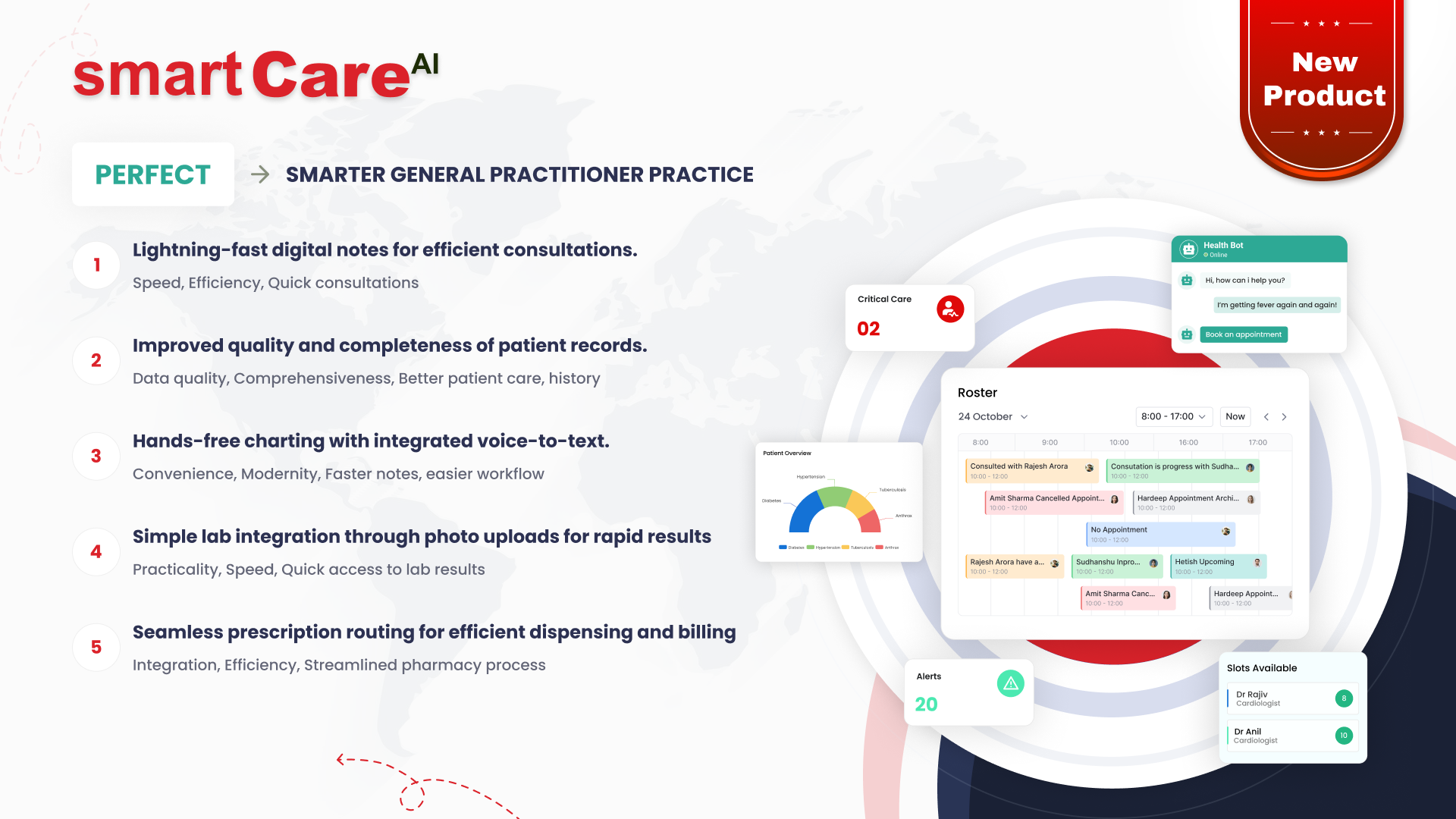Posted On April 23, 2025
From Development to Deployment: How do we ensure excellence in IT Solutions
In the realm of Information Technology, excellence goes beyond simply programming an application.
It’s a structured approach that demands every digital product undergo rigorous quality checks, precision engineering, and multiple phases throughout its lifecycle. Success in IT solutions comes from a well-orchestrated sequence of planning, coding, deployment, and continuous enhancement.
Analysis of Requirements and Planning
Every unique solution begins with algorithms designed to assess the core problem. Effective planning accounts for stakeholder needs, technical parameters, and potential risks. This stage lays the foundation for a smooth, purpose-driven development process, optimizing the use of time and resources.
Agile Development
Agility in IT accelerates software delivery by embracing iteration and feedback rather than trying to build everything at once. Agile development emphasizes short sprints, frequent testing, and close collaboration between teams.
Each development cycle includes brief, focused phases followed by thorough testing. This minimizes the risk of major failures and gives users an opportunity to preview and shape outcomes, increasing the likelihood of meeting their expectations.
At this stage, the code should be clean, scalable, and easy to maintain. Developers commonly adopt microservice architectures, containerization, and version control systems to keep systems modular and adaptable.
Testing and Quality Assurance
Quality assurance isn’t a final step—it’s built into every stage of development. With continuous integration and automated testing frameworks, teams can detect and resolve issues early, boosting reliability and development speed.
Testing includes multiple layers:
-
Functional testing ensures features work as intended.
-
Performance testing measures how the application handles load.
-
Security testing verifies compliance and uncovers vulnerabilities.
-
Cross-platform testing confirms compatibility across devices and operating systems.
By using both automated and manual testing, teams ensure high-quality outcomes.
Release and Deployment Management
Deployment is a critical phase that requires meticulous planning. It involves preparing the production environment, configuring servers, and ensuring the system goes live smoothly.
Modern CI/CD pipelines automate building, testing, and deployment—reducing human error and speeding up delivery. Backup and rollback procedures are prepared in advance to handle unexpected issues, ensuring stability even if problems arise during launch.
Post-Deployment Support and Maintenance
Reaching the live stage marks the beginning of real-world usage. Post-deployment support includes engaging with users and stakeholders, gathering feedback, and applying patches or updates as needed.
This ongoing phase is essential to maintaining performance and ensuring the solution continues to meet user needs. Clear feedback channels help IT teams respond quickly to issues and build trust with users, vendors, and customers.
Regular maintenance and performance tuning not only extend the application's life but also enhance user satisfaction.
Ankush Sharma







